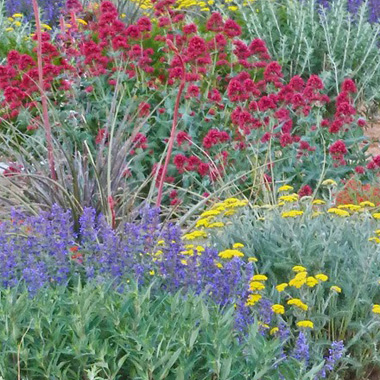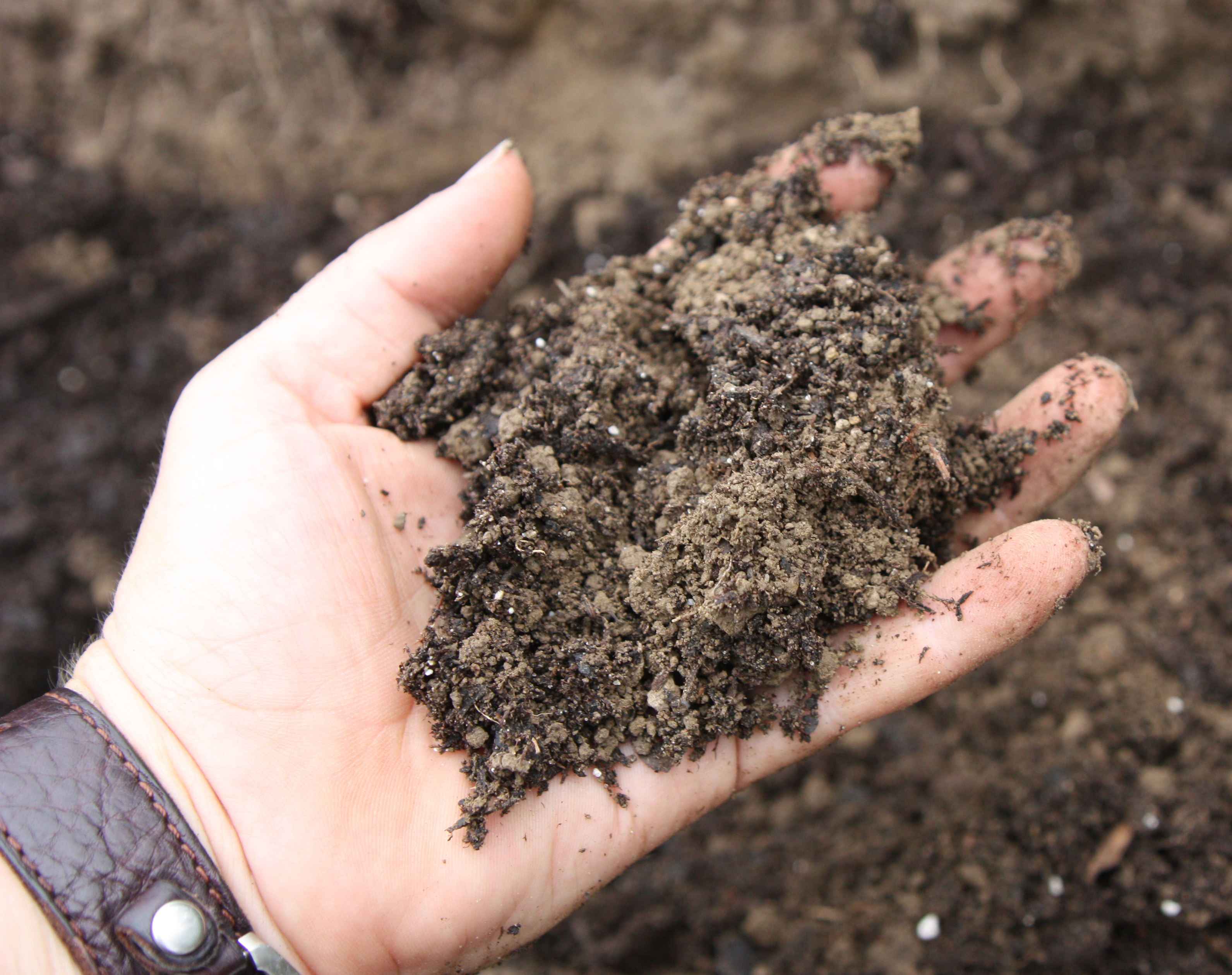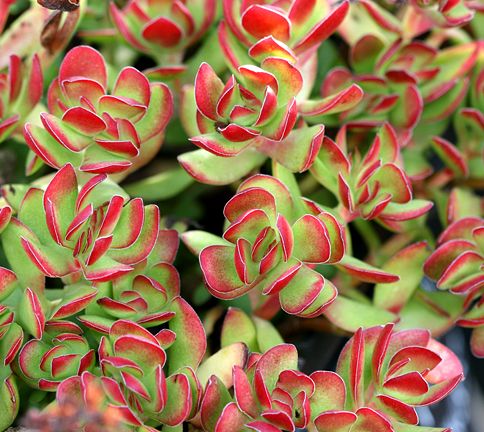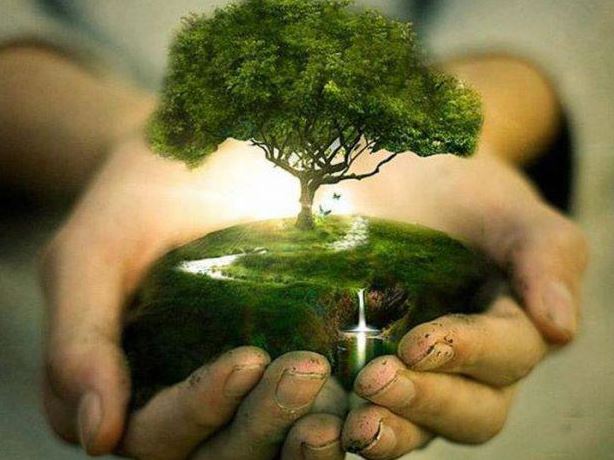CLIMATE CONTROL?
Applied to the out of doors, climate control is an oxymoron. We expect to be able to manipulate temperature and humidity in our homes and cars, but have no control over what happens outside of these bubbles we inhabit. Controlling Mother Nature was never reality, however, as the years unfold, there is less pattern and predictability to weather, and more harsh events that leave damage and destruction in their wake.
 In our corner of the Northeast, we have been relatively fortunate (so far) not to have suffered the catastrophic flooding, wind, drought, fires and landslides seen in other parts of the US and globe. Things, however, are not what they used to be, even compared to five years ago. Regardless of your position on climate change, each year new records are set for high temperatures, and despite the copious rain of late, this summer was defined by weeks of drought in addition to scorching temperatures.
In our corner of the Northeast, we have been relatively fortunate (so far) not to have suffered the catastrophic flooding, wind, drought, fires and landslides seen in other parts of the US and globe. Things, however, are not what they used to be, even compared to five years ago. Regardless of your position on climate change, each year new records are set for high temperatures, and despite the copious rain of late, this summer was defined by weeks of drought in addition to scorching temperatures.
 As an individual with global climate awareness, who also happens to be a gardener, I spend a lot of time witnessing (and worrying about) changes I observe in my work, and their effects on plant life and local landscapes. I was raised on the organic paradigm in which the complex and holistic interrelationships of all life forms are respected. Plants such as rhododendrons that thrived twenty years ago now often struggle due to weather extremes. Other plants such as crepe myrtle or southern magnolias, once avoided due to marginal hardiness in northern New Jersey, have become everyday selections.
As an individual with global climate awareness, who also happens to be a gardener, I spend a lot of time witnessing (and worrying about) changes I observe in my work, and their effects on plant life and local landscapes. I was raised on the organic paradigm in which the complex and holistic interrelationships of all life forms are respected. Plants such as rhododendrons that thrived twenty years ago now often struggle due to weather extremes. Other plants such as crepe myrtle or southern magnolias, once avoided due to marginal hardiness in northern New Jersey, have become everyday selections.
As with many things in life where Nature is in charge we have far less control than we want. What is new is that the patterns that held the unpredictable within understood boundaries are literally melting. The ‘general rules’ have been thrown out and parameters that once defined New Jersey ‘normal’ are gone. There isn’t even a ‘new’ normal.
 So what to do? Aside from supporting local and international climate organizations and their political efforts, we must plan for a future that is different than the past, while accepting that change is our only constant.
So what to do? Aside from supporting local and international climate organizations and their political efforts, we must plan for a future that is different than the past, while accepting that change is our only constant.
Gardening in and of itself can be a positive for the environment, assuming we’re not spilling chemicals into our lawns and water systems. It can’t, on its own, change the climate, but it could, if practiced organically by large enough numbers, slow the process of negative changes we experience. Regardless of the effort, our expectations have to adjust accordingly. Following are a few suggestions for dealing with the new reality of overly hot, cold, wet, dry, windy or otherwise challenging weather circumstances:
PREPARE SOIL DEEPLY, THEN MULCH
 The more effort spent to prepare soil deeply with plenty of organic amendments, the more you will find plants thriving by absorbing available moisture and nutrients. It’s a lot like battling the flu by being well nourished and rested. The stronger the immune responses are, the better the resistance to infections and illness…the same goes for plants. The stronger their environment below the soil line, the better they can survive extremes of temperatures or precipitation. Mulching regularly ensures that the soil continues to be protected. Mulch insulates soil from heat and cold by maintaining even soil temperatures. It retains moisture within the soil reducing water requirements, especially important during droughts. Finally mulch breaks down into organic components that continue to feed soil and plants.
The more effort spent to prepare soil deeply with plenty of organic amendments, the more you will find plants thriving by absorbing available moisture and nutrients. It’s a lot like battling the flu by being well nourished and rested. The stronger the immune responses are, the better the resistance to infections and illness…the same goes for plants. The stronger their environment below the soil line, the better they can survive extremes of temperatures or precipitation. Mulching regularly ensures that the soil continues to be protected. Mulch insulates soil from heat and cold by maintaining even soil temperatures. It retains moisture within the soil reducing water requirements, especially important during droughts. Finally mulch breaks down into organic components that continue to feed soil and plants.
GO ORGANIC
 Stop using chemicals unless absolutely necessary. Lawns are the most needy in terms of their chemical needs and many lawn care companies are offering ‘organically based’ programs now that minimize the use of chemicals. (See blog post from May 2016) In tree and shrub areas, organic fertilizers can be used to fertilize plantings. Make your garden weed-less the ‘old fashioned way’- pull the weeds by hand!! It takes time, but it’s better for the planet to stop using chemical controls.
Stop using chemicals unless absolutely necessary. Lawns are the most needy in terms of their chemical needs and many lawn care companies are offering ‘organically based’ programs now that minimize the use of chemicals. (See blog post from May 2016) In tree and shrub areas, organic fertilizers can be used to fertilize plantings. Make your garden weed-less the ‘old fashioned way’- pull the weeds by hand!! It takes time, but it’s better for the planet to stop using chemical controls.
SELECT PLANTS FOR LOWER WATER NEEDS
 As temperatures climb and water becomes an ever more precious resource, consider plants that have lower watering needs. Especially in full sun where I am seeing plants crisp and burn under otherwise normal circumstances, try substituting plants that thrive in these conditions. Mediterranean plants that are accustomed to unrelenting sunlight can work here, as can some desert species. Some perennials that historically thrived in full sun may do better moving to part sun/part shade locations. Situating plants properly will be important going forward as we adjust to their changing ability to perform.
As temperatures climb and water becomes an ever more precious resource, consider plants that have lower watering needs. Especially in full sun where I am seeing plants crisp and burn under otherwise normal circumstances, try substituting plants that thrive in these conditions. Mediterranean plants that are accustomed to unrelenting sunlight can work here, as can some desert species. Some perennials that historically thrived in full sun may do better moving to part sun/part shade locations. Situating plants properly will be important going forward as we adjust to their changing ability to perform.
REDUCE WATER CONSUMPTION
 Use water sparingly. This trains plants to seek for water, not expect it. Many automatic systems are set for run times that are too long and/or frequent. A rain sensor is important to shut the system off after precipitation, but it does not take you ‘off duty’ in terms of monitoring things overall. Experiment with your contractor to find the sweet spot between plants thriving and minimal runs/frequencies. For shady zones, run the system less often and for shorter times than in the sunny spots. The deeper plants have to source for water, the stronger and longer their root systems become. After heavy soaking rains, consider turning your system off completely for up to five days. Just remember to turn it back on!!
Use water sparingly. This trains plants to seek for water, not expect it. Many automatic systems are set for run times that are too long and/or frequent. A rain sensor is important to shut the system off after precipitation, but it does not take you ‘off duty’ in terms of monitoring things overall. Experiment with your contractor to find the sweet spot between plants thriving and minimal runs/frequencies. For shady zones, run the system less often and for shorter times than in the sunny spots. The deeper plants have to source for water, the stronger and longer their root systems become. After heavy soaking rains, consider turning your system off completely for up to five days. Just remember to turn it back on!!
PLANT A TREE, OR MANY
 Aside from making shade that offers a cooling respite, planting trees (or any plants for that matter) increases the air’s ability to absorb carbon dioxide and release oxygen. Globally, vast parts of existing forests and treed areas are being destroyed, forever altering the planet’s delicate eco-system. If you google ‘what can I do about climage change’….planting trees is one action step suggested.
Aside from making shade that offers a cooling respite, planting trees (or any plants for that matter) increases the air’s ability to absorb carbon dioxide and release oxygen. Globally, vast parts of existing forests and treed areas are being destroyed, forever altering the planet’s delicate eco-system. If you google ‘what can I do about climage change’….planting trees is one action step suggested.
The Suburban Lot is a monthly blog that highlights topics and issues unique to the suburban landscape. For assistance with any of the above information, please contact Mierop Design, a complete resource for landscape design, installation and property maintenance services.